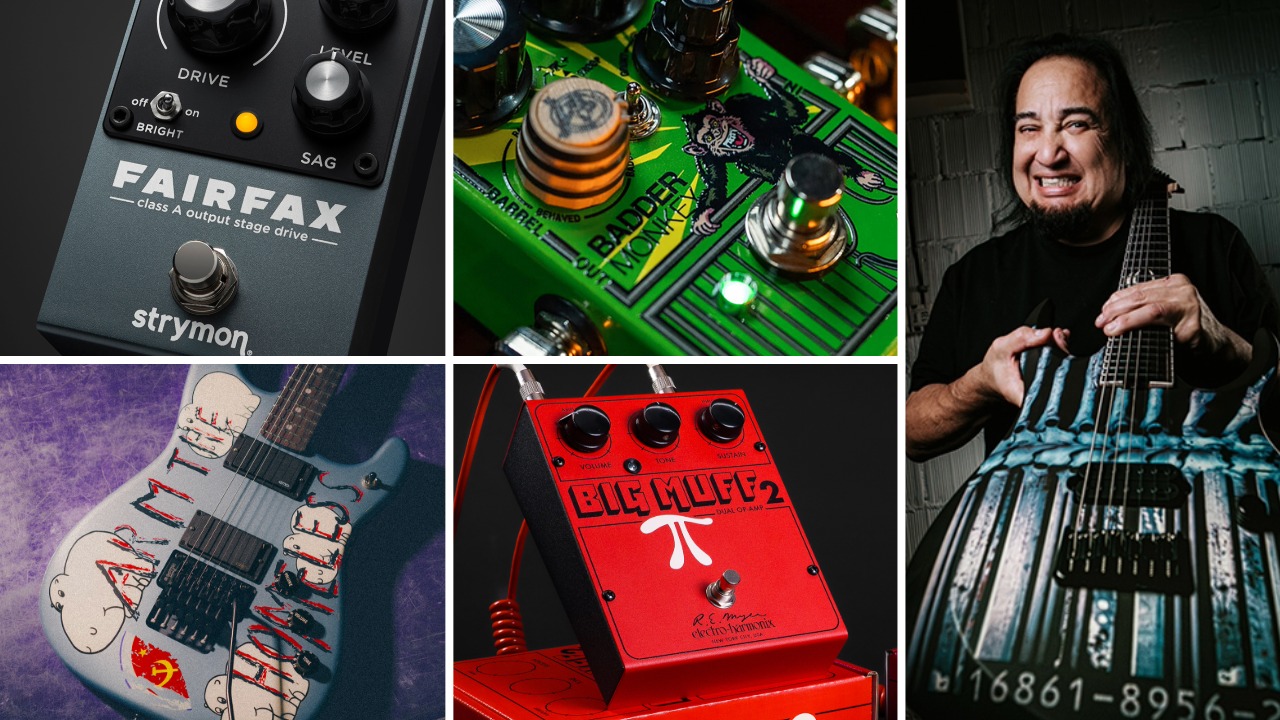Lord of the Strings: Shred King John Petrucci Discusses Dream Theater's New Self-Titled Album
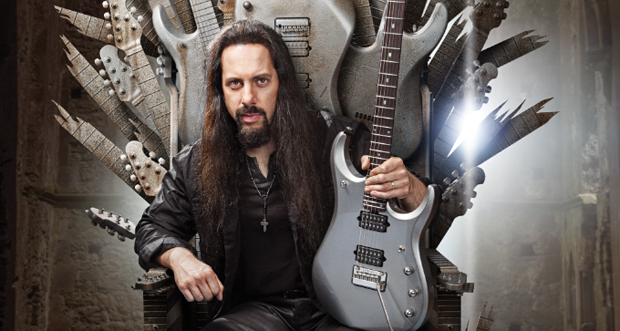
“Complacency is the enemy,” John Petrucci says. “In order to move forward and continue to try to do great things you have to constantly challenge yourself.”
The 46-year-old Petrucci certainly knows a thing or two about challenging one’s self. In more than a quarter century with Dream Theater, the native of New York’s Long Island has regularly raised the bar for six-string (and sometimes seven-string) fretboard wizardry.
Over this time—a period that encompasses 11 studio albums, numerous audio and video live documents, and hundreds, if not thousands, of performances across the globe—Petrucci and Dream Theater have established themselves as the undisputed leaders of the progressive rock world.
As their ambitious new self-titled 12th album demonstrates, Dream Theater have no intention of stopping. “With every new album, we get that opportunity to push ourselves again,” Petrucci says.
True to Petrucci’s word, Dream Theater hardly sounds like a band resting on its considerable laurels. Rather, it shows Dream Theater—Petrucci, singer James LaBrie, bassist John Myung, keyboardist Jordan Rudess and drummer Mike Mangini—continuing to expand upon and refine what they do so well.
The disc is bookended by tracks—“False Awakening Suite” and the 20-minute-plus “Illumination Theory”—that feature lush orchestration courtesy of a live-in-the-studio nine-piece string section, the band’s first time working with a multipiece orchestra since 2005’s Octavarium. The seven cuts between them feature some of the most hard-hitting and tightly arranged music in Dream Theater’s history. The first single, “The Enemy Inside,” and the instrumental “Enigma Machine” are ferocious and riffy metal monsters, while “The Looking Glass” and portions of “Surrender to Reason” recall the bright and snappy prog-pop of Rush.
These are complemented by the highly melodic power ballads “The Bigger Picture” and “Along for the Ride.”
All the latest guitar news, interviews, lessons, reviews, deals and more, direct to your inbox!
“We wanted each of these songs to pack a punch, and one of the ways for us to do that was to keep most of them pretty direct,” Petrucci says. “In our case, that also meant trying to keep them below the six-minute mark. And I gotta tell you,” he says, laughing, “that’s a challenge for us!”
Dream Theater is also significant in that it represents the band’s first effort with drummer Mike Mangini functioning as a creative member of the unit. Mangini first joined Dream Theater in 2010, after the smoke cleared from the group’s very public falling out with founding drummer (and, in many ways, band figurehead) Mike Portnoy. Various reasons for the split with Portnoy have been reported over the years, though they all seem to boil down to his desire for the band to take an extended hiatus, ostensibly so that he could pursue other artistic endeavors, including a stint with Avenged Sevenfold that ultimately soured.
At the end of the day, Dream Theater and Portnoy went their separate ways, and after a rigorous audition process, the band hired Mangini, who had previously played with Extreme and Steve Vai, among others, and taught as a professor in Berklee’s Percussion Department. The drummer made his debut on 2011’s A Dramatic Turn of Events, though for that album his parts were written for him by the other members using drum machines.
This time, however, Mangini made his presence felt from the start. “Mike did an incredible job during the writing and recording sessions,” says Petrucci, who also served as producer on Dream Theater. “And his personality is really strong on the album.”
He continues. “Overall, it was a just great experience in the studio, and we’re all really proud of the record. And it’s interesting—we’ve been doing this for a long time, but we feel just as passionate, or maybe even more passionate, about the creative process now as we were when we first started. We still get excited about making records and also about playing our music in front of people.”
To that end, there is at present plenty of activity in the Dream Theater camp. In addition to the self-titled record, there is the impending release of the DVD Live at Luna Park, which captures the band performing in Buenos Aires last summer on the A Dramatic Turn of Events tour. Then there is the world tour for the new Dream Theater, a massive undertaking that will keep the band on the road for the foreseeable future.
[[ Guitar World Gear Review: Sterling by Music Man JP100D John Petrucci Signature Series Guitar ]]
According to Petrucci, that tour will kick off at the beginning of 2014, which leaves a few months open between then and now. But for the guitarist, there is hardly time for relaxation. He plans to continue to challenge himself, with a eye toward recording a solo album, the follow-up to his 2005 solo debut, Suspended Animation.
“I think about when that album was released, and it was a long time ago,” Petrucci says. “I’m certainly ready for another one. And doing the G3 shows [with Joe Satriani and Steve Morse] in South America last year was a catalyst for bringing out some new material. I debuted three new songs on that tour, and I have a bunch more stuff ready to go as well."
“So the plans are in the works, and I think I’ll be able to use this little bit of free time I have now to hopefully get it completed.” He laughs. “Before Dream Theater takes over once again.”
GUITAR WORLD: After more than 20 years of releasing albums, why did Dream Theater decide to put out a self-titled effort at this time?
Because we believe that, although we have a very deep and rich history and we’re incredibly proud of everything we’ve done, we’re still making our best music. So we wanted to make a point of that. The other thing is that a lot of our longtime fans already have their favorite albums of ours, but newer fans don’t have that reference point. We wanted to make this album a reference point for them as far as what Dream Theater is all about. That was the goal and the mission, and it set the tone for the entire project.
You’ve talked about the importance of continuing to challenge yourself. What in particular on this new record would you classify as a challenge?
There are a couple of things that come to mind. The most obvious is the inclusion of Mike Mangini within the creative process this time. That shifted the sound of the band a bit, and I think in a good way. The other thing was working with [engineer] Rich Chycki for the first time.
One of the things we did with him was to tell him that, right from the beginning, we wanted to be set up and recording the sounds that would be on the album. So as we were writing and trying out ideas we were able to really hear the record taking shape. We didn’t have to imagine what something would sound like with everything being mixed, or with a better guitar tone or with more punchy drums. Pretty much the way you hear it on the record is pretty close to how it sounded on day one. Which is a major difference from how we’ve worked in the past.
In contrast, you’ve talked in the past about how your previous album, A Dramatic Turn of Events, was intended as a record that would highlight the most recognized elements of the Dream Theater sound. In a sense, it could be viewed as a look back rather than a leap forward.
We felt we had something to prove with that album. We all were obviously deeply affected by Mike [Portnoy]’s departure, and we felt we needed to make the kind of record that people who had been longtime listeners of Dream Theater would immediately identify with and relate to and believe in. So we created something that had all the elements that make Dream Theater unique as a band. And I have to say, people were unbelievably wonderful and supportive of us during that time, which was an incredible feeling.
Have you been in touch with Mike since he left?
A little bit. I haven’t seen him in a long time, a few years maybe, but we’ve talked. Though to be honest there’s not a lot of communication between us. Obviously, when he left there was a lot for us to sort out as far as our organization goes and having a member leave that organization. There are a lot of details to go through when something like that happens, and we did go through them, and it took a while. But since then, Mike’s been busy with tons of projects, and we’ve moved forward, too.
Are things at least on better terms now than they were a few years back?
I don’t think there’s any animosity. But the fact is that, at this point in Dream Theater’s history, there are several former members, whether it’s [keyboardist] Derek [Sherinian] or [vocalist] Charlie [Domenici] or [keyboardist] Kevin [Moore], and now Mike. And I don’t see any animosity between myself and any of those guys. I don’t think there’s room for that or time for that.
One of the points of contention between Mike and the rest of the band was his desire for you guys to take an extended hiatus, perhaps five years off, from recording and touring. Which in Dream Theater’s world is something of an eternity. You guys work a lot, and relatively quickly. You average a new album and a world tour every two years.
It’s what we love to do. We’re creative people, and we love to write and to play new music. And another aspect of being a professional musician is performance. We get a lot of joy out of sharing our music with people and experiencing the challenge of trying to play as well as we can every night. So we look forward to those points where it’s like, “Hey, it’s time to do this again!”
On first listen, one of the first things that struck me about the new Dream Theater was that, save for the 20-minute epic at the end, these songs are pretty streamlined, relatively speaking. Was that intentional?
- Absolutely. As I mentioned earlier, there was a total intent to make this sort of a definitive album, and there was definitely in our minds a way to get there. One of those paths was to offer things that maybe we’re somewhat known for but haven’t actually done in a while—a standalone instrumental like “Enigma Machine,” for example, or a long-form, 20-minute epic like “Illumination Theory.”
- Another path dealt with how to approach the rest of the music. One of the things we’ve done a lot in our career is to make albums where almost every song is in the 10-to-12-minute range. That’s fun, and that’s challenging, but we wanted these songs to really hit.
So we said, “How can we make every song on this album be a pummeling experience from beginning to end, without stripping away any of the integrity or the musical complexity or the melody or, really, anything that makes us unique as far as how we write?” So it was fun and it was really different from what we usually do. It was an incredibly exciting process for us.
You mentioned “Enigma Machine.” The last time you included an instrumental on a studio album was a decade ago with “Stream of Consciousness” on Train of Thought. Why do another one now?
It just felt like it was time. But it’s also a different type of instrumental for us—it’s more theme based. We wanted it to be something that sticks in your head, the type of song that you would look forward to hearing live as much as you do your favorite song with vocals. So it wasn’t like, “Here’s a moment to write the most crazy, technical thing we can write.” Instead it was, “Here’s a moment to stretch ourselves instrumentally and come up with something just as musical and thematic as any song with vocals.”
In some ways it reminds me of an earlier instrumental, “Erotomania” [from 1994’s Awake], in that there is a very strong recurring melodic theme.
Exactly. And it’s very different from, say, “The Dance of Eternity” [from 1999’s Metropolis Pt. 2: Scenes from a Memory], which has some melodic sections but is definitely more of a technical journey. With “Enigma Machine” it was more about taking the approach of, “This song needs to exist as a song and not just an exercise in showing off.” There had to be composition, melody, theme and structure.
In terms of your lead guitar work on the new record, I found that some of the more standout moments are not ones that are exceedingly technical. Your solo roughly four minutes into “Surrender to Reason,” for example, is certainly a high point, largely due to the fact that it’s more wild and unrestrained than what we’ve come to expect from you.
That solo was actually highly improvised. I wanted it to be reckless, with a lot of balls, a lot of vinegar. With a solo like that, I’m thinking, I’m onstage, I can’t see anybody in the audience, there’s lights in my face, everything’s loud and I’m just going for it. It’s all gut.
On the other side of the spectrum is the harmony solo in “The Bigger Picture,” which sounds very composed and has an incredibly catchy melody. But again, it’s not meant to dazzle the listener in terms of notes played per second.
Well, for me, whenever there’s an instrumental break in a song, whatever I play must first and foremost contribute musically to the piece. In this case, this was the big melody moment in the song. And I’m a sucker for melody. All of my solos, no matter how technical they are, I always hear them in terms of melody. When we were writing the song, I played that melody and it just came very naturally. I didn’t overthink it. And I think that sort of honesty comes across. To me, that’s where the song needed to go at that moment. It’s a melodic bridge to the next section. And that harmony solo is also a good example of a scratch track that we were able to keep until the final mix because of the way we approached the whole recording.
What gear did you use in the studio?
My main guitar was my new Music Man JP13. It’s loaded with DiMarzio Illuminator pickups, which are really open sounding and colorful. You can “see” more with them. The guitar has a huge growl to it, and I think you can hear that on the album. It’s like a big T. rex scream. I think that’s another reason the album sounds the way it does, because with Dream Theater the guitar is such a big part of the sound and it can dictate the direction of the music. So if the guitar sound is heavy and aggressive and punchy, that’s the type of album that’s going to come out.
How about amps and effects?
I always use Mesa/Boogie. In the studio I had a Mark V, a Triaxis, a Mark IIC+ and a Royal Atlantic. You can hear the Royal Atlantic on the song “The Looking Glass.” I’ve never used one before, but I thought that song called for a more grindy, rock-sounding amp, so that’s what I went with.
But I think the best way to describe the difference in the sound of that amp is if you listen to a song like “Along for the Ride,” which for the most part was also recorded with the Royal Atlantic. Then, when it gets to the bridge, there’s a real tight, rhythmically syncopated part, and that was done with a Mark V. And you can really hear the difference. One has sort of a creamy, more compressed rock sound, and the other is very tight, punchy, aggressive. Really articulate.
For pedals, I really got some good use out of my new TC Electronic chorus pedal [the Dreamscape Signature TonePrint]. I’ve always used TC stuff, and I’m a big fan of their SCF [Stereo Chorus Flanger] unit. I use that all the time. So when they approached me about doing a signature pedal based on that, I was like, “I’m in!”
So we developed the Dreamscape, which incorporates all that stuff—the rich chorus, the flanger, the vibrato—and you hear it throughout the album. I use it on that solo in “Surrender to Reason,” which I think has one of the coolest sounds on the album. The guitar comes in 100 percent dry—no delay, no nothing but with the Dreamscape flanger effect going. It’s so obnoxiously cool and it adds to the reckless-abandon type of energy of the section, which is just guitar, bass and drums—a real improvised trio thing. A very “early Rush” type of vibe.
A song that has a very clear Rush influence is “The Looking Glass.” The main riff has a bright, major-key tonality that is reminiscent of something like “Limelight.”
Well, it’s certainly no secret that Rush are one of my favorite bands and Alex [Lifeson] is one of my biggest influences. So a song like that that’s in a major key yet has something tough and proggy about it, that’s definitely a Rush signature. Of course, we always try to move things along the way Dream Theater does, but Rush is without a doubt an influence on that song, and their influence can also be heard at other points on the album.
As far as newer bands and guitarists, is there anything that has caught your ear recently?
Periphery is one band that I really love and that Dream Theater have been supportive of. They’re doing some great things, and they’re one of those acts that’s taking prog music to the next generation.
Jake Bowen, who plays guitar in Periphery, is your wife’s nephew. Did you ever teach him anything when he was younger?
I did a little bit, though we didn’t live near each other. But when I met my wife Jake was five years old, so it’s pretty funny and so awesome that he’s in this great band that is having an amazing career. I open up guitar magazines now and I’m looking at pictures of him. [laughs] I’m just really proud of him and also of the whole band.
Is there any particular piece of advice you would offer to younger guitarists that has helped to guide you over the years in your own playing?
I would say to look at the people you respect and who are in a position you want to be in, and study the path they took to get there. When I was younger, I would emulate and imitate people that I saw who had made decisions that helped them to do things I wanted to do. So if I saw that Steve Vai went to Berklee, then I was going to go to Berklee. I loved Iron Maiden, so I would ask myself, How do they have such devoted fans? How do they have such a huge international following? So I would look at how hard they work, how much they tour, how much music they put out. And that’s what I tried to emulate. You take those examples and you use them to help develop and guide your own career.
As far as the path that you’ve traveled with Dream Theater, is there anything that, looking back, you would view as a misstep?
Not really. There are things that, if I could go back, I’d do a little differently, but I think that mostly has to do with inexperience and not knowing what I know now. But I think we’re very fortunate and very lucky that we’re at the point we’re at in our career. And we’re here because of the decisions we’ve made along the way. And it takes a lot of hard work and persistence and consistency in terms of staying on our game. But really, I wouldn’t do anything differently. I’m proud of the career we have and the small mark that we’ve made on the world musically. And certainly the devotion we have from our fans is incredible.
To that last point, it seems that your fans can sometimes become almost too engrossed in the music. A few years back, in an online posting that gained some traction, one fan went to great lengths to prove that the songs on A Dramatic Turn of Events closely mirrored, or in some cases even copied, those on your 1992 breakthrough Images and Words in terms of arrangements and instrumentation. Was there any truth to his claims?
No. That was kind of bizarre to me. I don’t know why people start rumors like that. I’m not sure why they even feel the need to go there.
Do you think it just comes with the territory in the prog-rock world, where fans can tend toward the obsessive?
I think so. That’s actually something that’s amazing to me about this genre of music—how attentive and into the details listeners can be. Here’s another example of something I thought was pretty unbelievable: While we were doing this new album, we released these online video episodes of us working in the studio, just kind of documentary style.
And in one of the videos there’s this really quick shot where the camera pans over a computer screen where Rich [Chycki] is working, and you can see MIDI data on it. Well, a fan managed to grab a screen shot of that, transcribed the MIDI, added drums, bass, guitar and keyboards to it and came up with what he thought that section of music would sound like. Now, that’s pretty amazing. The fact that somebody would not only pick up on that little moment but then also take the time to actually go through that whole process… I mean, that demonstrates a really high level of attentiveness and intensity within members of our audience.
And I suppose that even if their pursuits sometimes tend toward the peculiar, it’s a testament to the devotion of your fans that they even go there in the first place.
Absolutely. And the great thing for us is that we conduct our career with all that in mind, because we’re the same way. People say to me all the time, “You guys are still making albums in a studio?” Or, “You’re still putting out vinyl LPs and deluxe box sets and DVD packages? Why are you doing that?” And it’s not that we’re romanticizing the whole thing and that we think everybody wants to hear a 20-minute prog-rock epic or is into the full album experience, or wants a deluxe edition of a DVD concert because there’s a 5.1 mix. But it’s that we know there are people out there who are just like us, who want and expect more out of the music they listen to. And we’re the band that’s up to the challenge of giving it to them.
Photo: Dale May
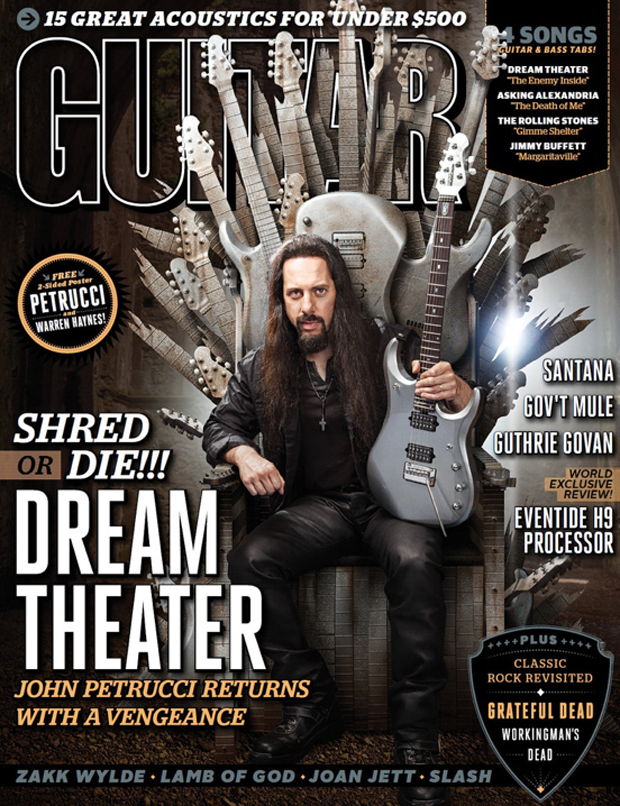

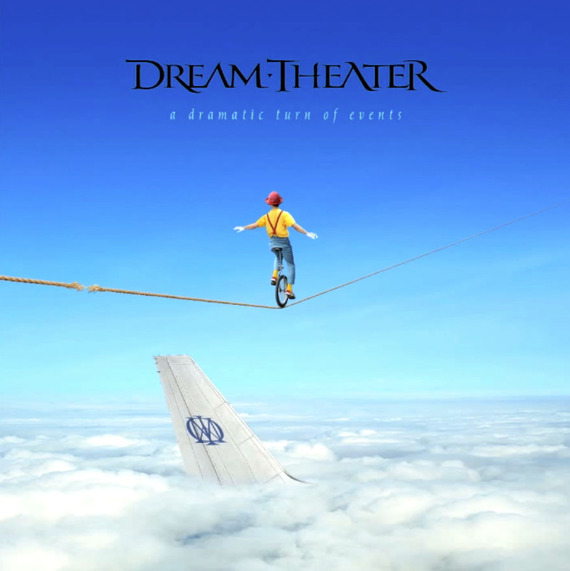
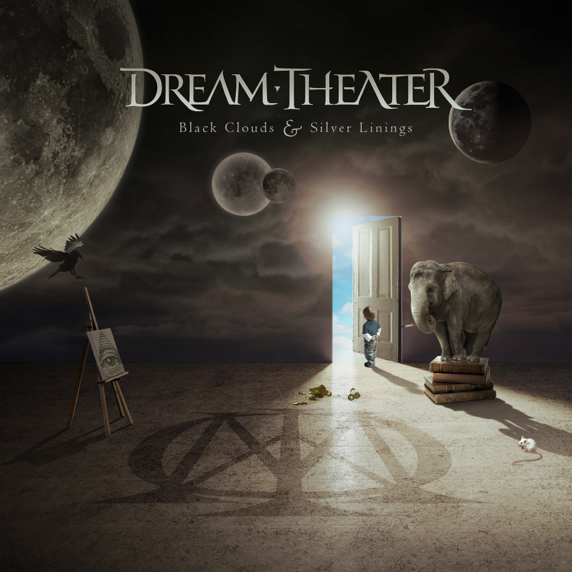
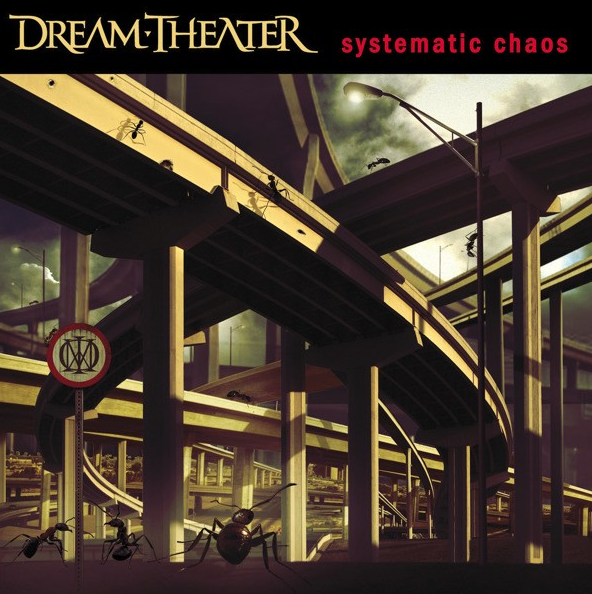
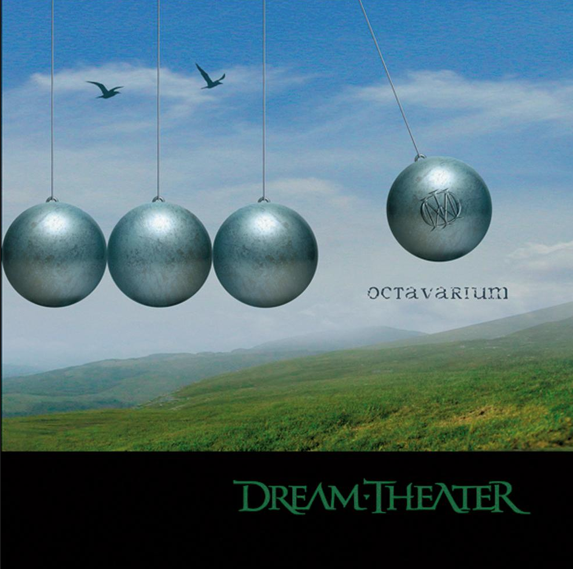
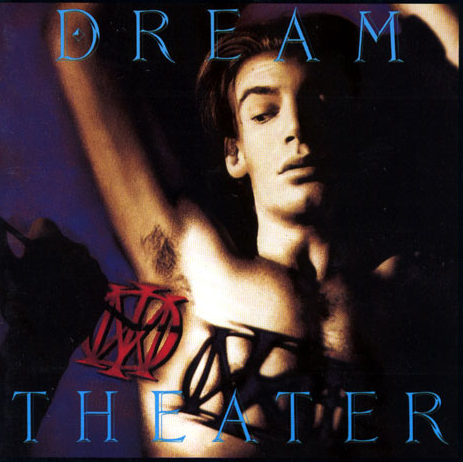
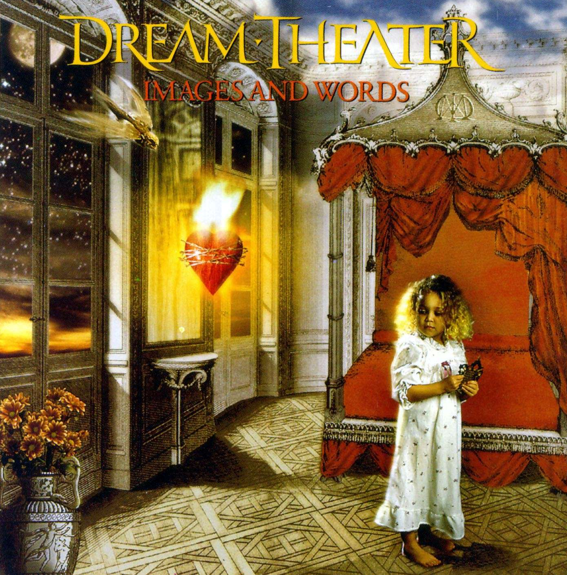
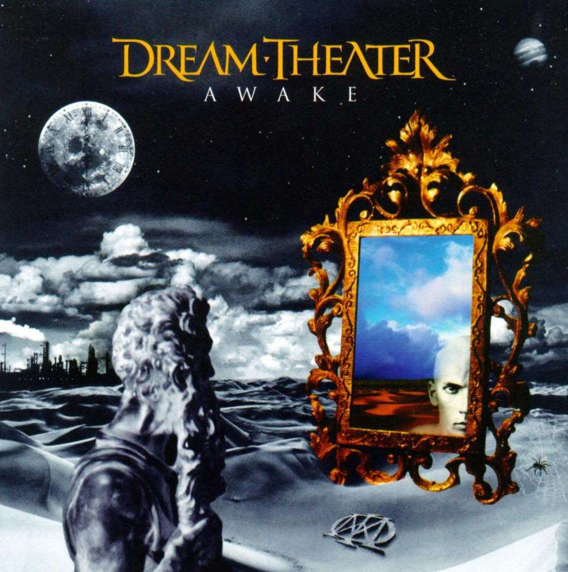
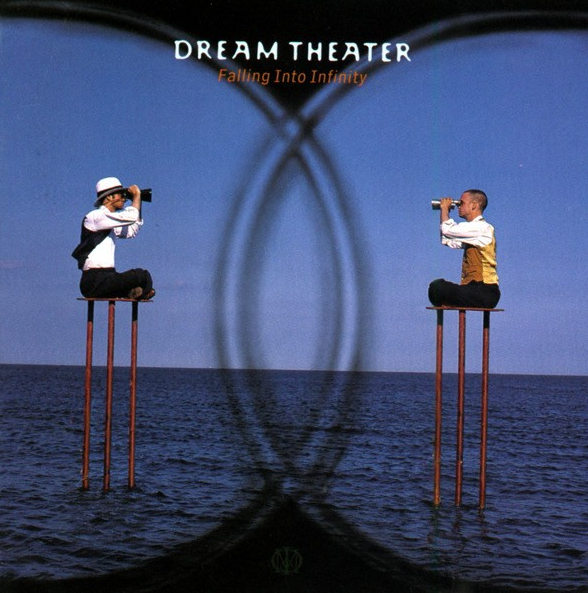
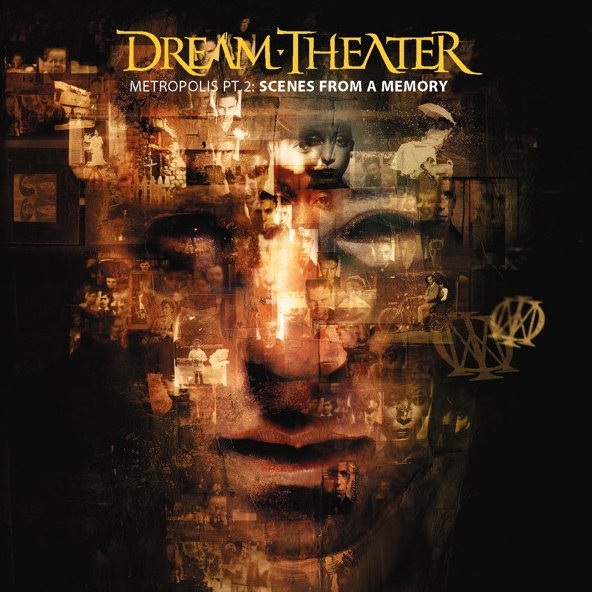
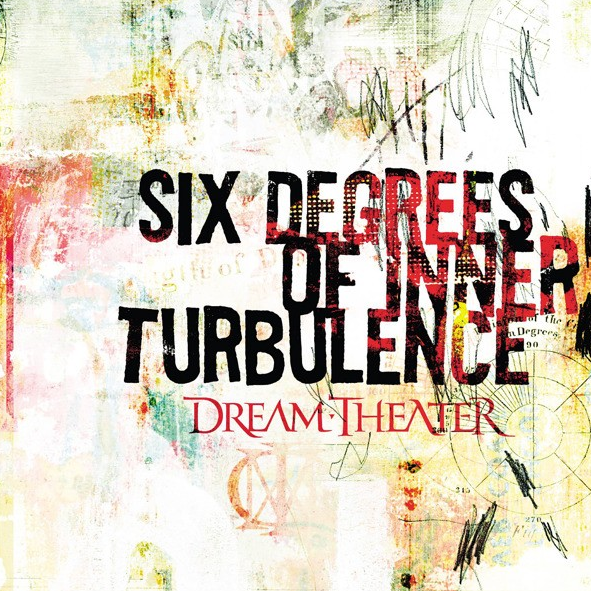
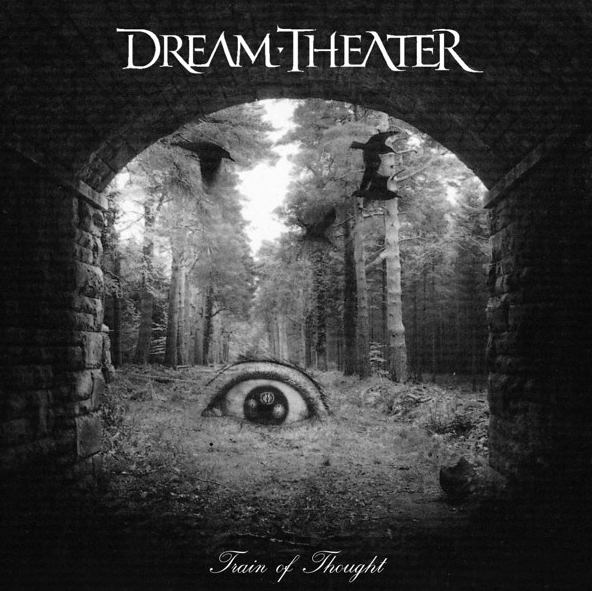
Rich is the co-author of the best-selling Nöthin' But a Good Time: The Uncensored History of the '80s Hard Rock Explosion. He is also a recording and performing musician, and a former editor of Guitar World magazine and executive editor of Guitar Aficionado magazine. He has authored several additional books, among them Kurt Cobain: Montage of Heck, the companion to the documentary of the same name.

